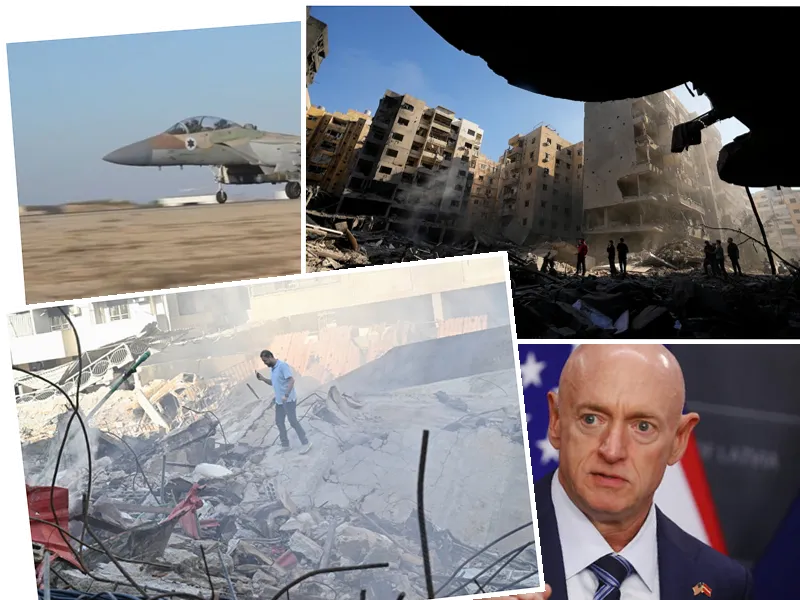IDF Operations Intensify in Rafah and Jabalya
The Israel Defense Forces (IDF) have announced recent operations in the central part of Rafah in the southern Strip of Gaza. According to an IDF military spokesperson, these operations have successfully targeted "Hamas rocket launchers, entrances to terror tunnels, and weapons depots." The spokesperson also reported the dismantling of a Hamas weapons depot in Rafah. The presence of numerous weapons was confirmed in the same area. Concurrently, the IDF continues its efforts in Jabalya, located in the northern Strip.
Continued Conflict Amidst International Pressure
Despite increasing international pressure, Palestinian sources confirmed continued IDF operations in Rafah. Reports indicate that IDF gunfire in the eastern part of the city resulted in ten casualties who were subsequently evacuated to a European hospital in Khan Yunis. Moreover, helicopters reportedly participated in the offensive. CNN unveiled that Israel employed US-manufactured weapons during these operations, specifically a small-diameter GBU-39 type bomb, known for its precision and low collateral damage. This supports the IDF's claims of targeted strikes aimed expressly at strategically significant locations, minimizing harm to non-combatants.
Additional attacks by the air force were recorded overnight and early this morning across various parts of Rafah. These strikes included areas near the Hijazi station and the Kir junction, both crucial locations close to the Philadelphia axis and the Egypt border. Concurrently, Hamas claimed to have fired shells at an IDF tank near the al-Abd Jaber intersection in the Bina refugee camp, also close to the Egypt border.
Significant damage has been cited near the Emirati Red Crescent hospital in West Rafah's Tel Sultan neighborhood. Although an eyewitness documented warped ceiling parts at the hospital, it remains uncertain whether the damage results directly from the IDF attacks or other causes.
Simultaneously, criticism against Hamas is mounting among Gaza residents. Discontent is growing due to perceived failures in mitigating the ongoing conflict, as well as ideological rifts between Hamas and certain factions within the population. Calls for Hamas leader Yahia Sinwar to compromise have risen, with many residents decrying the lack of tangible achievements since the escalation on October 7.
- Eyewitness accounts have highlighted the sheer impact of the continued Israeli-Palestinian conflict on local infrastructure and civilian life. As airstrikes persist, the safety of humanitarian facilities such as hospitals remains a critical concern.
- Analyses of military technologies deployed in the region underscore the tactical dimensions of the ongoing operations, though the human toll remains a focal point for international observers and local populations alike.






